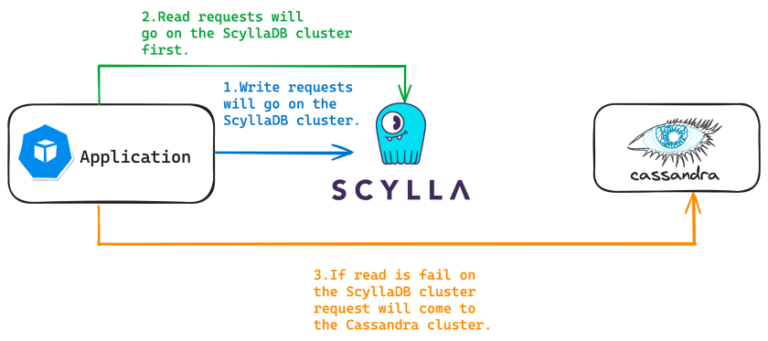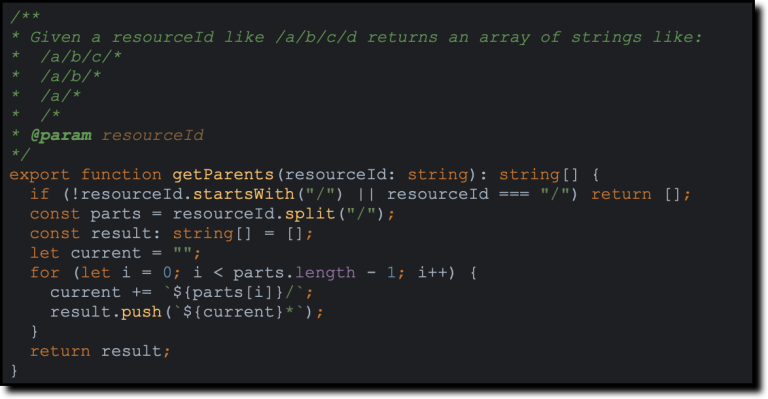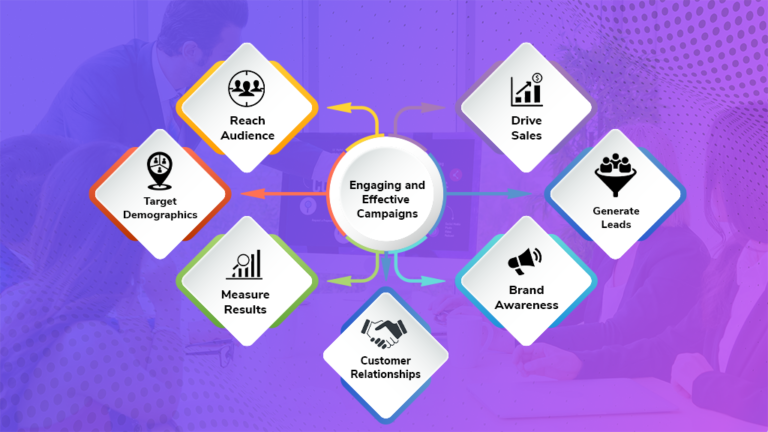There are many misconceptions surrounding web design, and clients often underestimate the amount of work involved in creating a great website. As a result, they may request features without fully understanding the requirements or the associated costs.
One particularly challenging concept for clients to grasp is website redesign. They may mistakenly believe that it is a simple process, assuming that all the content is already there. This can lead to unrealistic expectations and limited budgets.
However, the reality is that a successful redesign requires both resources and commitment. It is essential for everyone involved to be on the same page. Therefore, it is crucial for us as web designers to educate our clients about the process and help them understand what it entails.
So, what should clients know about website redesigns? Let’s explore some key concepts:
1. A website redesign needs a defined purpose: A successful redesign should have a clear purpose. While clients may have an idea of what they want, it is often necessary for us to help them define their goals. By asking specific questions and getting detailed answers, we can better bring their vision to life. For example, an eCommerce site may want to increase sales, while a non-profit organization may need to recruit volunteers and donors. The client’s guidance is crucial in formulating a plan for success.
2. Content and code often need to be refactored: A redesign involves more than just giving a website a fresh look. It often requires making changes to various components, including content and code. Typography may need to be adjusted, and the site’s layout may need to be optimized to align with the project’s defined purpose. Additionally, the existing code may need to be updated, especially if the website uses a content management system like WordPress. Outdated plugins may need to be replaced, compatibility issues addressed, and new features implemented. Refactoring existing elements can be challenging and time-consuming, which should be taken into account when considering the cost of a redesign.
3. Accessibility and mobile compatibility should be priorities: In today’s fast-paced digital landscape, even recently-built websites may lack accessibility and mobile compatibility. With the increasing use of mobile devices and the emergence of new viewport sizes, it is crucial to ensure that a redesign takes these factors into account. Accessibility is not only a moral obligation but also a legal requirement. Both accessibility and mobile compatibility may require significant time and effort to address, but they cannot be overlooked.
4. The results depend on the investment: A successful redesign requires commitment from all stakeholders. It is essential to have a clear purpose and a thorough understanding of the process. While some details may be on a need-to-know basis, it is vital for clients to be engaged and willing to listen. As web designers, it is our responsibility to guide clients through the process and help them understand the value of their investment. When clients are aware of what is involved, they can better justify the cost and appreciate the unique challenges that come with a redesign.
In conclusion, web design clients should be aware of the complexities involved in a website redesign. By understanding the purpose, the need for content and code refactoring, the importance of accessibility and mobile compatibility, and the level of commitment required, clients can make informed decisions and contribute to a successful outcome.






